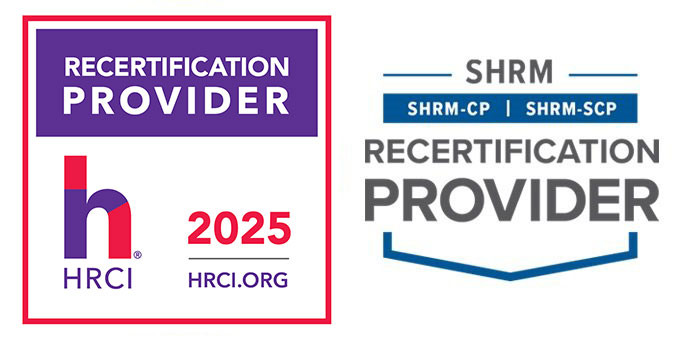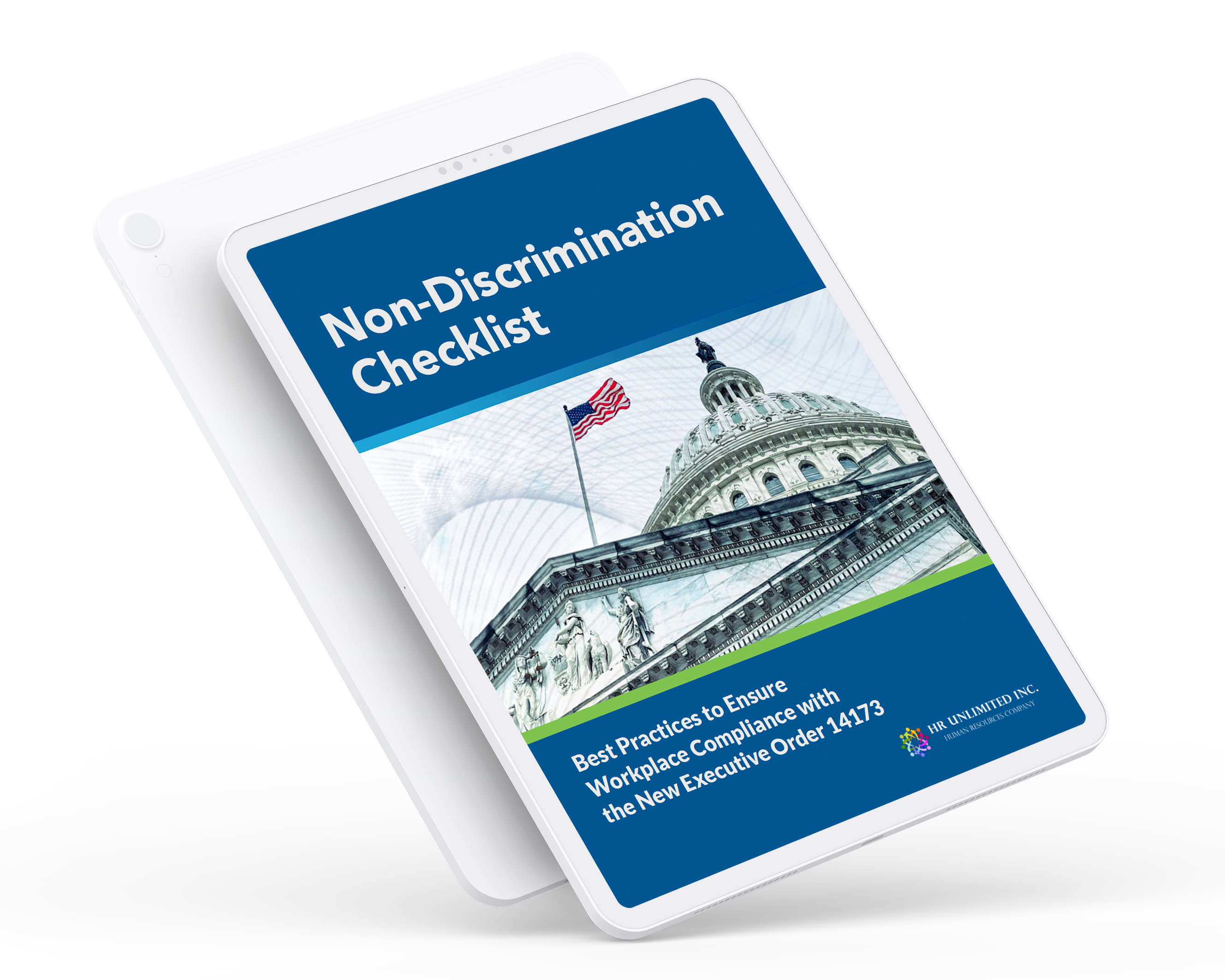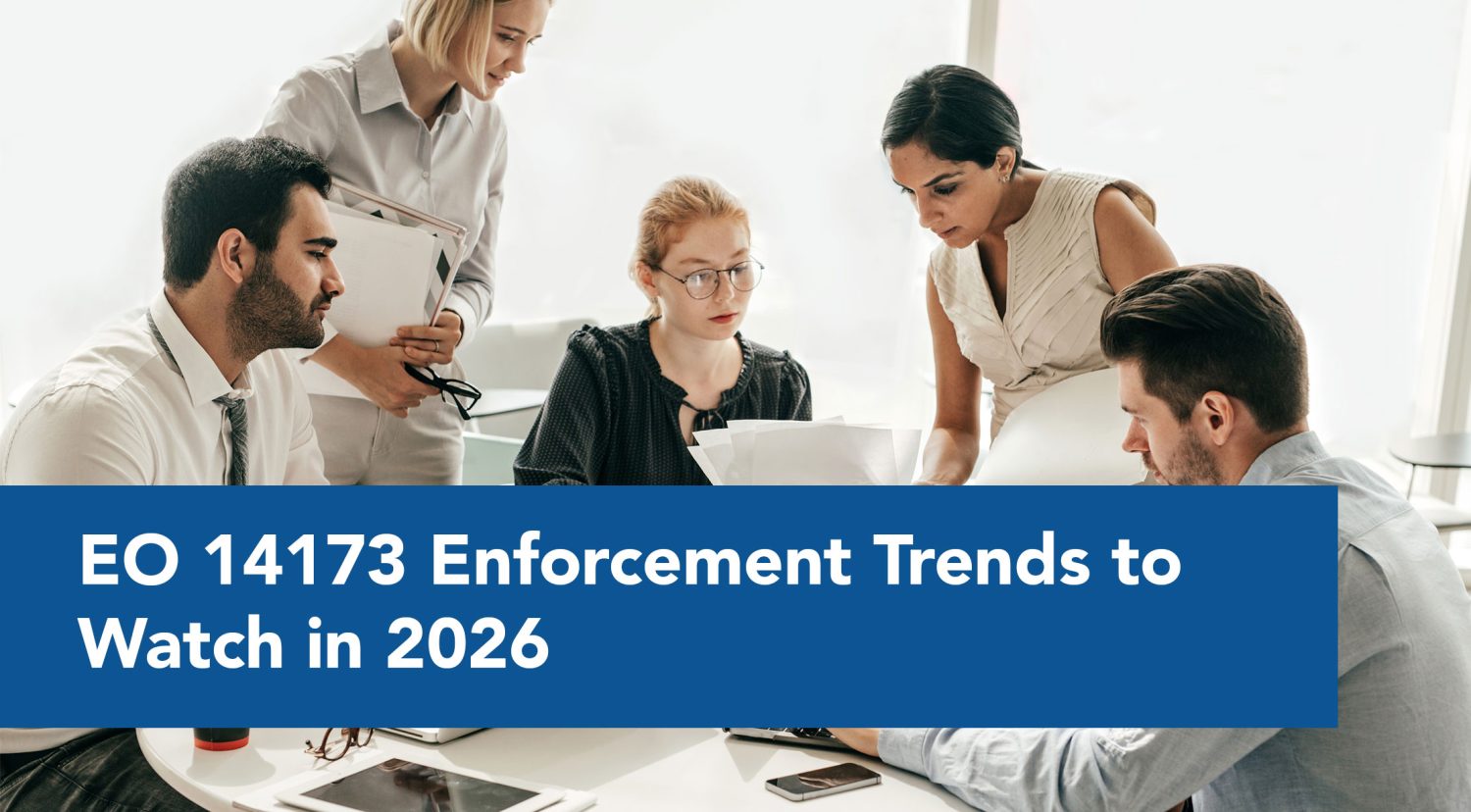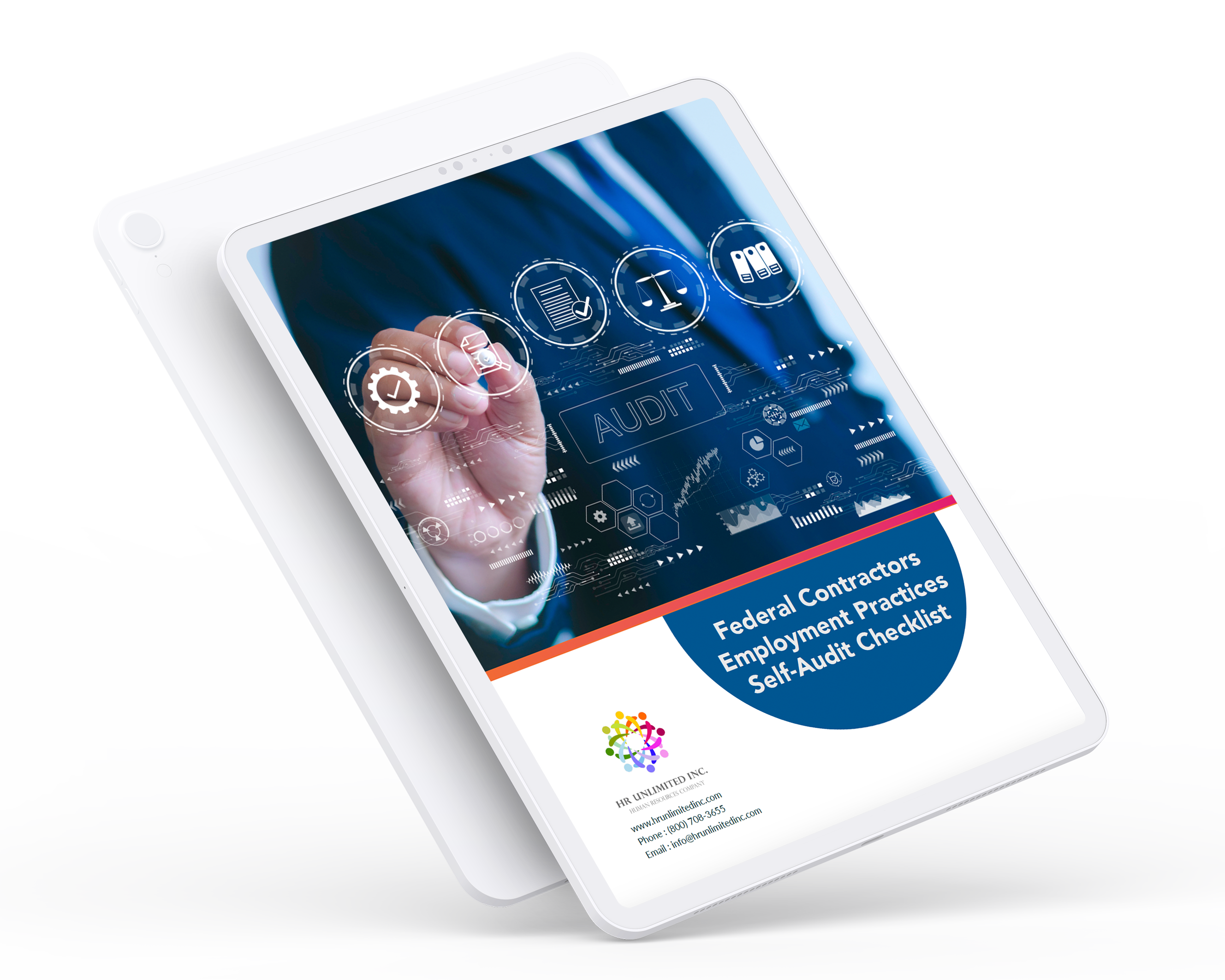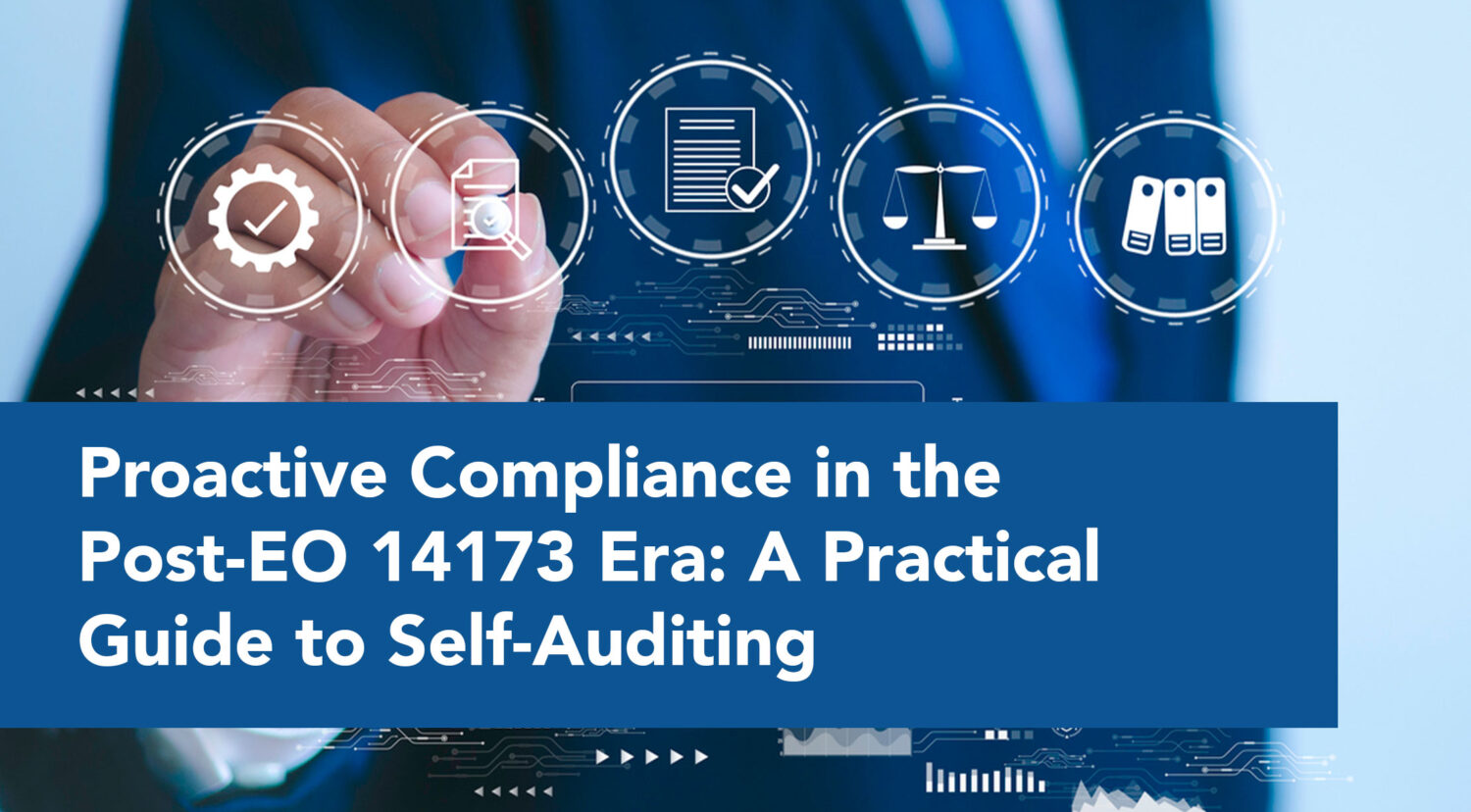

Eight months after the issuance of Executive Order 14173, the federal contracting community has entered a new compliance era, one defined not by the creation of Affirmative Action Plans, but by the ability to prove nondiscrimination through certification.
The transition from Executive Order 11246 to EO 14173 may have simplified paperwork, but it also raised the stakes. Under the new system, a contractor’s signature on a certification form isn’t a procedural requirement, it’s a legal attestation under Title VII and the False Claims Act.
For contractors, this means one thing: proactive compliance is now the best defense.
From Paper Plans to Proof-Based Accountability
Under the previous system, compliance meant maintaining an Affirmative Action Plan and being ready for an OFCCP audit. Today, EO 14173 demands something far more tangible evidence. Federal agencies can request documentation showing that your employment practices are fair, merit-based, and free from unlawful preferences.
Certification now equals accountability. Any inconsistency between a company’s attestation and its actual practices may invite EEOC or DOJ scrutiny and potentially False Claims Act penalties that can exceed $25,000 per violation.
This shift requires contractors to take ownership of compliance through internal self-audits, often referred to as Employment Practices Audits (EPAs) or Merit-Based Opportunity Program (MBOP) reviews.
Why Self-Auditing Matters More Than Ever
A well-executed self-audit does more than confirm compliance, it demonstrates integrity and prevents risk from escalating into liability. In the post-EO 14173 landscape, self-auditing serves four critical purposes:
- Verification: Ensures your certification of nondiscrimination is true and defensible.
- Prevention: Identifies potential risks before they attract regulator’s attention.
- Protection: Creates documentation that can mitigate penalties if an investigation occurs.
- Confidence: Builds internal and external trust with leadership, clients, and agencies.
In short, self-auditing transforms compliance from reactionary to strategic.
A Step-by-Step Guide to Conducting a Self-Audit
Here’s how contractors can perform an effective self-assessment aligned with EO 14173 and Title VII requirements:
- Review of Current Employment Practices
Evaluate your company’s policies and procedures governing recruitment, hiring, promotion, training, and compensation. Identify where subjective discretion, informal networks, or well-intended DEI initiatives could inadvertently create favoritism or bias.
- Analyze Workforce and Pay Data – What gets measured gets managed.
Conduct a data-driven assessment by job group or function. Use statistical methods such as regression analysis or adverse impact testing to uncover disparities by gender, race, or other protected categories. If disparities exist, document legitimate business justifications or take corrective action.
- Examine DEI and Training Programs
Review all diversity, equity, and inclusion initiatives to ensure participation criteria are neutral and merit based. Programs that limit eligibility by demographic characteristics, even for good intentions may violate Title VII.
- Document Corrective Actions
For each area of concern, outline actions taken to address the issue: revising policies, retraining managers, updating job postings, or adjusting pay structures. Maintain these records in a central repository accessible to compliance personnel.
- Certify and Retain Records
Before signing any federal solicitations, verify that your documentation supports the statements being made. Keep an auditable trail of analyses, reports, and internal communications for at least three years.
Integrating Compliance into Everyday Operations
Self-auditing shouldn’t be treated as a one-time exercise. The most resilient contractors embed compliance into routine operations:
- Schedule annual or semi-annual Employment Practices Audits to ensure continuous monitoring.
- Integrate compliance reviews into HR, recruiting, and compensation processes.
- Use technology: such as workforce analytics software to automate data collection and identify red flags early.
- Establish a Compliance Task Force or assign internal champions to oversee follow-up actions.
By normalizing compliance, organizations not only reduce legal risk but also foster a culture of fairness and accountability values that enhance employee trust and organizational reputation.
False Claims Risk: A Compliance Reality Check
The False Claims Act applies when an entity knowingly submits false statements to obtain federal funds. Under EO 14173, certifying nondiscrimination without sufficient verification could fall into that category. The DOJ has made it clear: inaccurate certifications especially those contradicted by internal data can be prosecuted as fraud against the government.
To protect against this, organizations must ensure that every certification is data-backed, reviewed by counsel, and aligned with documented practices. A proactive self-audit provides the necessary safeguard.
Key Takeaway
EO 14173 has ushered in a new era of compliance where attestations are evidence, and silence can be costly. For federal contractors, success now depends on turning compliance into a continuous, measurable process rather than a one-time obligation.
By investing in self-auditing today, organizations can prevent costly investigations tomorrow—and demonstrate that integrity, not inertia, defines their approach to equal opportunity.
Our Federal Contractors Employment Practices Self-Audit Checklist will help you identify compliance gaps, document corrective actions, and strengthen your risk-management strategy. Download our free checklist today
And don’t forget to join HR Unlimited’s upcoming Roundtable Discussion with former OFCCP and EEOC officials to hear firsthand how EO 14173 is being interpreted, enforced, and what your organization must do to remain compliant. Learn more about this webinar
At HR Unlimited Inc., we help federal contractors and employers navigate complex compliance requirements while building stronger, more inclusive workplaces. If you’re ready to strengthen your compliance and equity efforts, contact us today to learn how we can support your EEO and non-discrimination goals.


